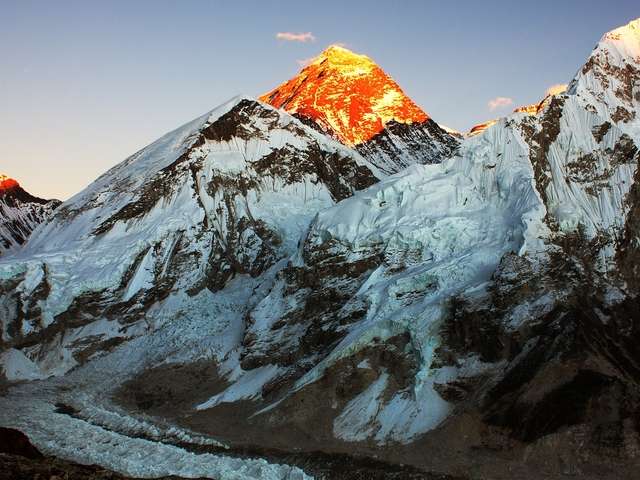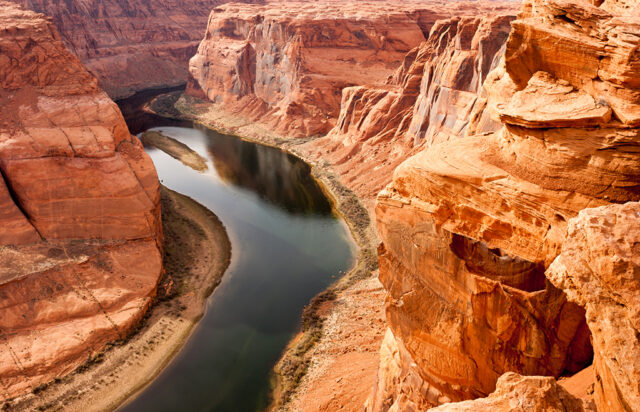
Located in Arizona, the Grand Canyon is the most visited attraction in the United States of America and one of the most visually arresting landscapes in the world. This vast canyon and American icon should be on any itinerary for the American Southwest for many reasons. Whether it be the incredible amount of wildlife, its astounding natural beauty, the geographical significance of the canyon, or its intriguing lore, there’s something here for everyone. Appreciating the scale and beauty of the Grand Canyon while rafting its deep gorges and sipping lemonade is arguably the best way to go.
1. The Rafting Experience
The rafting is calm, beautiful, and inspiring, as you gently drift 15 miles down the river, with stops at some of its most awe-inspiring sights on a float trip. Enjoy spectacular white rapids with intermittent calm waters to enjoy the breathtaking scenery with trips ranging in length from 1 day up to 12 days. Depending on your timeline, be immersed in nature for up to 225 river miles and over 70 rated rapids. If you are interested in hiking in the Grand Canyon to experience it by foot then consider the Upper and Lower canyon trips that include a 10 mile hike to or from the river. All ages and abilities are welcome on rafting trips, there is something for everyone. We offer a variety of packages with the most popular being our 7 day rafting trip.
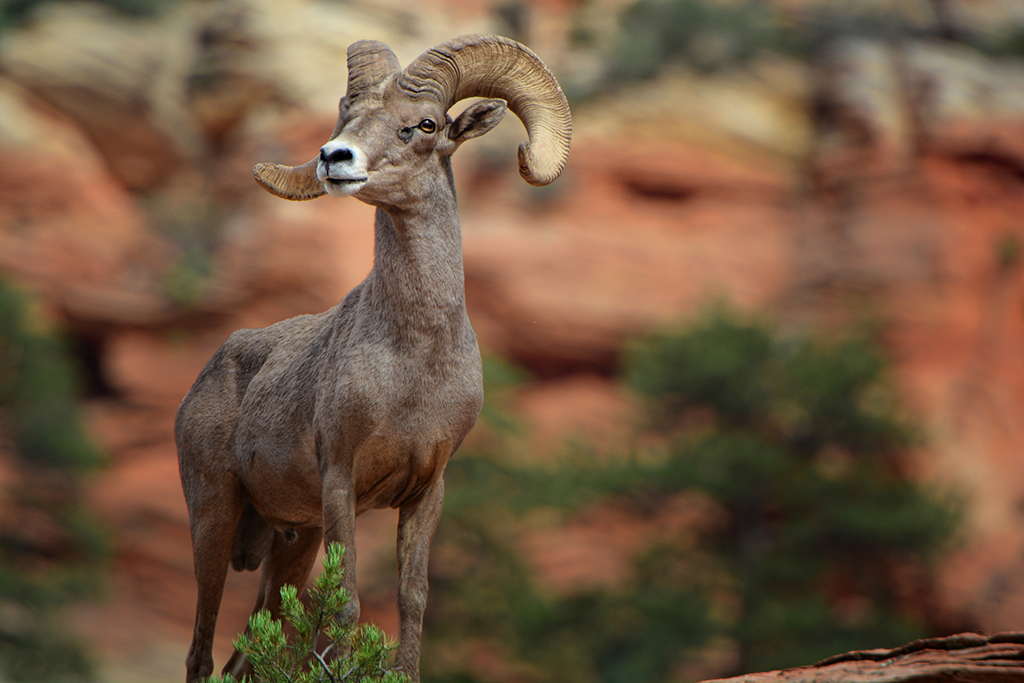
2. View the Abundant Wildlife
The Grand Canyon National Park’s five different ecosystems host an incredible diversity of wildlife and make it the most ecologically diverse park in the United States. On any rafting trip you’ll be surrounded by wildlife – in the mornings bighorn sheep and mountain goats trapeze the steep cliffs above and herds of wild horses graze along the banks of the river. Less commonly encountered mammals include cougars, coyotes, gray foxes, and mule deer along with a multitude of the park’s nocturnal inhabitants. In 2014, the park was designated as a globally important bird area; many species such as the blue heron, osprey, hawks, peregrine falcons, and eagles can be seen soaring between the canyon walls. In fact some of the rarest bird species in the world such as the California Condor, the Mexican Spotted Owl and the Yellow Billed Cuckoo use the Grand Canyon as an important refuge to nest and breed. Their reptilian counterparts and prey, snakes and lizards, can often be seen sunning themselves nearby on the canyon walls. Lastly, insects and arachnids make up the largest part of the park’s animal population. Although tarantulas and scorpions are in the area, odds are you won’t run into these shy, burrowing creatures while floating the river.
Please keep in mind that all the animals in the park are wild and should remain that way. Do not feed, pet, approach, or harass any of the wildlife as it is illegal. Keep 100 ft of distance between yourself and any of the larger mammals or endangered species. Keep 50 feet between yourself and smaller animals such as squirrels, reptiles, and birds.
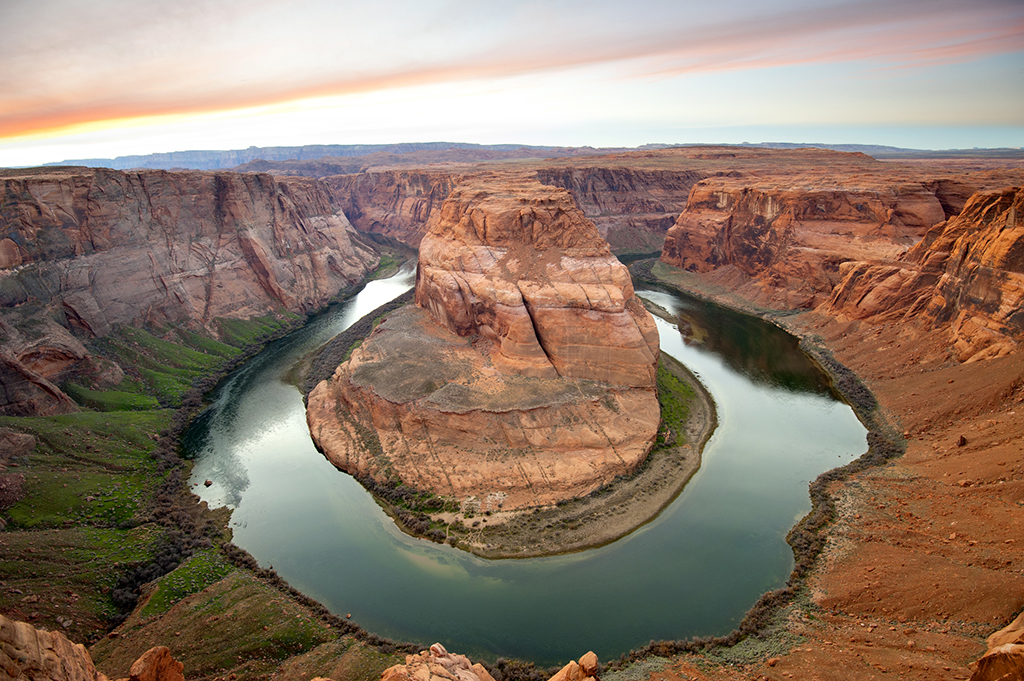
3. Take in the Scenic and Geologic Gems
At 277 miles long and 18 miles wide, the Grand Canyon is one of the most celebrated and studied geologic features on the planet, full of natural wonders such as cinder cones, lava flows, and forests. Carved over 6 million years, the plunging cliffs change hues throughout the day, amplifying the warm sunset rays at dusk. From the bottom of the gorge, the massive canyon walls reveal hidden waterfalls, fern grottos and secluded pools. Upon rafting the aqua blue waters of the Little Colorado and Havasu Creek, one might think that the scenery is among the most beautiful on earth! Not to mention that seeing the red cliff walls rising nearly a mile overhead from Horseshoe Bend is a wholly different experience than walking to the overlook. After marveling at the pristine waterfalls, visiting Glen Canyon, and the Vermillion cliffs you’ll see why the Colorado River is one of America’s greatest whitewater rivers.
4. Hear the Cultural History
After seeing the high plateaus, plains and deserts that drop into the depths below, it shouldn’t be a surprise that the Hopi people found this to be a mythical and magical realm. In their folklore, the valleys and caves hid the entrances to the afterworld. The Navajo, the Havasupai and the Hualapai tribes all tell ancient legends of a huge flood that created the canyon, although which god or gods caused the flood varies by tribe. More recently, during the prospecting era, miner’s told of gold hidden in a cave leading many to search for the hidden treasure. The canyon creation tale of legendary Paul Bunyan splitting the earth with his trusty ax soon followed in the early 1900’s. The enduring tales of the canyon’s creation and undeniable curiosity in the mysteries it holds only goes to show the influence this vast canyon has on the human mind -ancient and modern alike.
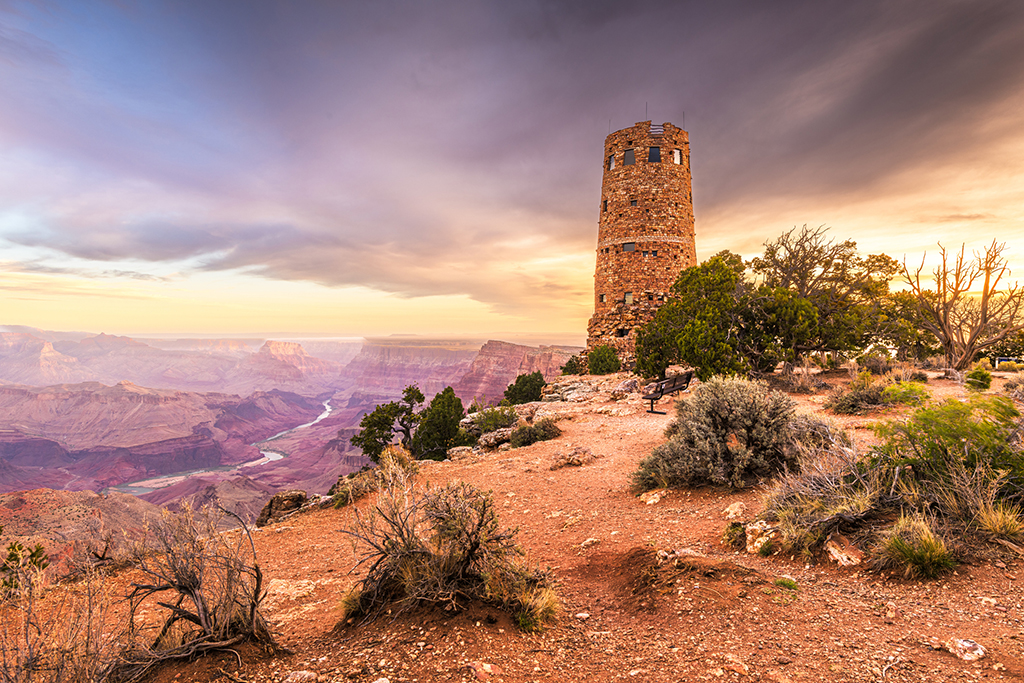
5. See the Archaeology Below The Rim
Different groups of ancient people have inhabited, hunted, and farmed in the Grand Canyon for over 8,000 years. Then given the sheer size of the landscape, it’s no surprise that there are over 4000 archaeological sites located in the caves and cliffs. One such group was the Ancient Puebloan/Anasazi who considered the canyon a holy site and made pilgrimages to it, leaving behind petroglyphs and pictographs. Although hiking is the only option to reach some, others are within reasonable distance of the rafting trips and provide a window into another era of time. Although the meaning of the rock art is up for speculation, it is still considered one of the first forms of writing and can help form an idea of what early life in the canyon might have been like. The Tusayan Ruins, considered one of Arizona’s major archeological sites, are worth the visit as they are easily accessible and well preserved.
There are currently 12 native american tribes that live near or in the canyon that have inhabited the region for thousands of years. If you appreciate the rock art or seeing the ruins left by these ancient people consider supporting these native communities. Buying an authentic piece of jewelry or artwork is a small price to pay to ensure their traditions and culture live on.
6. The Rapids
The Colorado river is considered some of the best rafting in the US and the trip of a lifetime. Although the majority of the river is flatwater, it is considered a ‘big water’ river due to its high volume of water flow. The Grand Canyon has its own rating system for rapids but is generally considered a Class lV. All the rapids fluctuate in difficulty with the river levels, however the majority fall into Class l, ll, or lll. Lower Grand Canyon houses the biggest and most thrilling rapids, Crystal and Lava Falls. Other popular rapids include Roaring 20’s and the infamous Hermit Rapids. All of our guides are experienced and are capable of safely navigating the river and its most challenging rapids. Join us from April to October to raft in this scenic landscape of red rocks and the crystal green waters of the Colorado River.
7. Camping Under Star Filled Skies
Grand Canyon National Park was recognized as International Dark Sky Park in June 2019. This means that when the sun dips below the horizon, thousands of stars dusting the milky way are visible to the naked eye against the perfectly dark sky. As the remote park has started becoming known for its astronomy based tourism people have flocked to it. One of the highlights of our rafting trips is enjoying the park’s Dark Sky status and limitless views of the shining stars above. Although tents are available on the rafting trips, most guests prefer to sleep under the canopy of twinkling stars. Every evening after satisfying your appetite with BBQ, fresh fruits and vegetables, let yourself be lulled to sleep by the sounds of the river and the sparkling heavens overhead.
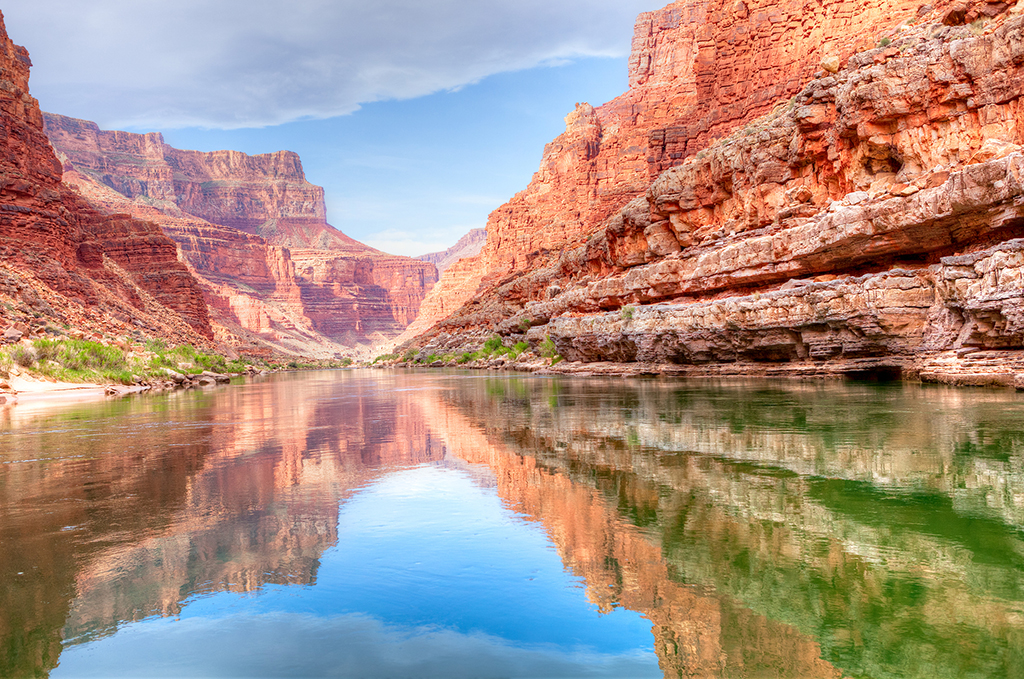
8. Escape the Grid
It goes without saying that relaxing in the great outdoors does wonders for your mental and emotional health. Not to mention that exploring outside gives you the opportunity to test yourself physically while heightening your sense of well being. Being outside increases your confidence and creativity, in addition to helping you sleep better at night. In the vast expanse of the Grand Canyon National Park’s rugged wilderness, enjoy being fully disconnected as there is no cell phone coverage. Plan ahead to get your work done ahead of time to be stress free and fully relaxed in nature’s sanctuary.
The Grand Canyon is wild and unknowable. Many leave the canyon without a doubt that it’s the best natural wonder they’ve ever seen. It’s one of those places that photos cannot prepare you for and reminds you of our world’s passage of time. This natural wonder of the world will leave you awestruck with it’s incredible diversity of wildlife, geological formations, and culturally rich history. All experienced best from inside the depths of the canyon with an informative and experienced rafting guide.
Located in Arizona, the Grand Canyon is the most visited attraction in the United States of America and one of the most visually arresting landscapes in the world.








